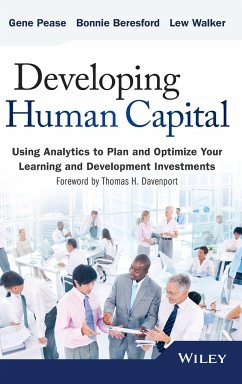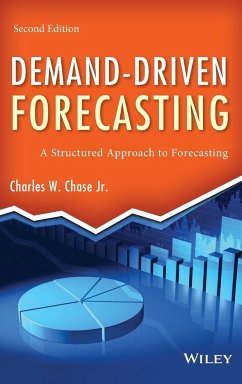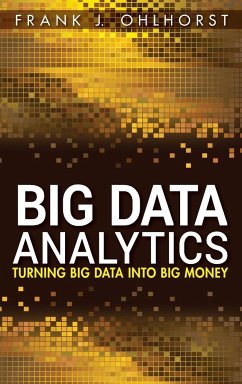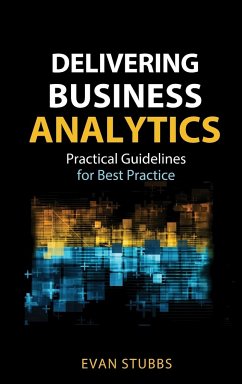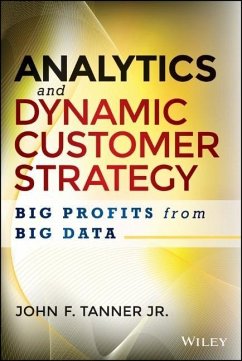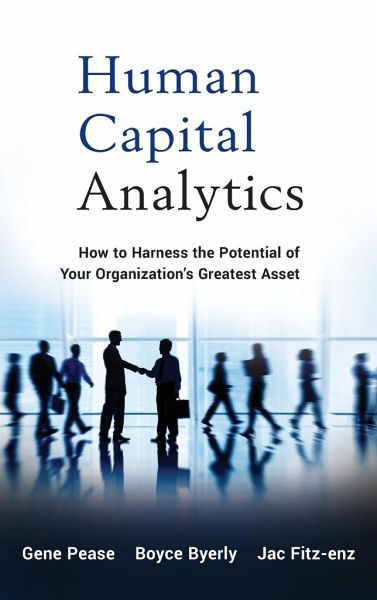
Human Capital Analytics (SAS)
Versandkostenfrei!
Versandfertig in über 4 Wochen
45,99 €
inkl. MwSt.
Weitere Ausgaben:

PAYBACK Punkte
23 °P sammeln!
An insightful look at the implementation of advanced analytics on human capitalHuman capital analytics, also known as human resources analytics or talent analytics, is the application of sophisticated data mining and business analytics techniques to human resources data. Human Capital Analytics provides an in-depth look at the science of human capital analytics, giving practical examples from case studies of companies applying analytics to their people decisions and providing a framework for using predictive analytics to optimize human capital investments.Written by Gene Pease, Boyce Byerly, a...
An insightful look at the implementation of advanced analytics on human capital
Human capital analytics, also known as human resources analytics or talent analytics, is the application of sophisticated data mining and business analytics techniques to human resources data. Human Capital Analytics provides an in-depth look at the science of human capital analytics, giving practical examples from case studies of companies applying analytics to their people decisions and providing a framework for using predictive analytics to optimize human capital investments.
Written by Gene Pease, Boyce Byerly, and Jac Fitz-enz, widely regarded as the father of human capital
Offers practical examples from case studies of companies applying analytics to their people decisions
An in-depth discussion of tools needed to do the work, particularly focusing on multivariate analysis
The challenge of human resources analytics is to identify what data should be captured and how to use the data to model and predict capabilities so the organization gets an optimal return on investment on its human capital. The goal of human capital analytics is to provide an organization with insights for effectively managing employees so that business goals can be reached quickly and efficiently. Written by human capital analytics specialists Gene Pease, Boyce Byerly, and Jac Fitz-enz, Human Capital Analytics provides essential action steps for implementation of advanced analytics on human capital.
Human capital analytics, also known as human resources analytics or talent analytics, is the application of sophisticated data mining and business analytics techniques to human resources data. Human Capital Analytics provides an in-depth look at the science of human capital analytics, giving practical examples from case studies of companies applying analytics to their people decisions and providing a framework for using predictive analytics to optimize human capital investments.
Written by Gene Pease, Boyce Byerly, and Jac Fitz-enz, widely regarded as the father of human capital
Offers practical examples from case studies of companies applying analytics to their people decisions
An in-depth discussion of tools needed to do the work, particularly focusing on multivariate analysis
The challenge of human resources analytics is to identify what data should be captured and how to use the data to model and predict capabilities so the organization gets an optimal return on investment on its human capital. The goal of human capital analytics is to provide an organization with insights for effectively managing employees so that business goals can be reached quickly and efficiently. Written by human capital analytics specialists Gene Pease, Boyce Byerly, and Jac Fitz-enz, Human Capital Analytics provides essential action steps for implementation of advanced analytics on human capital.



